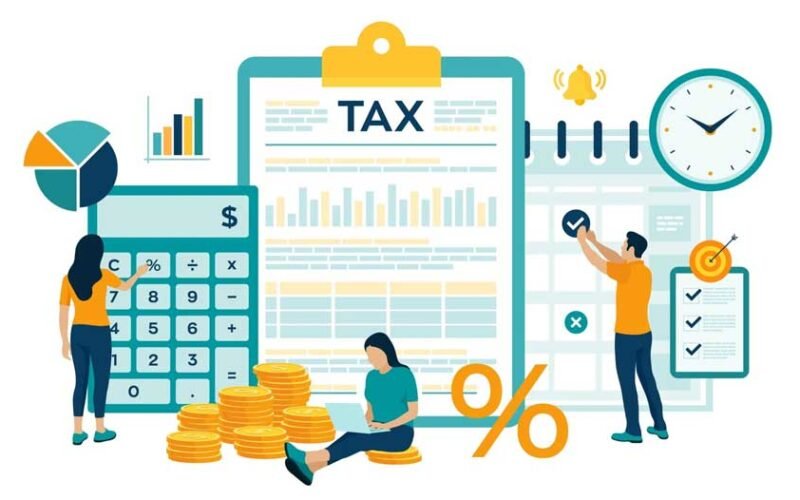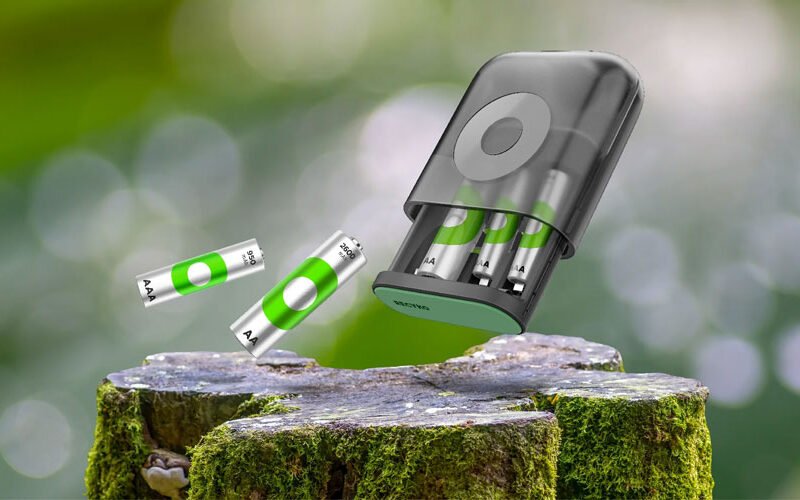When we’re discussing mental illness, by far, one of the most mistreated and misdiagnosed illnesses is bipolar disorder. We use it in standard slang terms daily—cheerfully saying things like, “I’m so bipolar today”—without any comprehension of what it’s actually like for those who are.
But within the general diagnosis of bipolar disorder, there are even more layers, that is, Bipolar 1 and Bipolar 2. Although they share similar names, the experiences and clinical presentations for each can be drastically different.
So, what’s actually the difference between Bipolar 1 and 2, and why does it matter?
Let’s get it sorted, not with grand clinical terms, but with a sympathetic, human-eye perspective.
The Common Core: Bipolar Disorder
Daily functioning, energy, mood, and dramatic activity are characteristic of any bipolar disorder. They fluctuate from manic highs to depressive lows, and they react in different ways by type.
No matter if Bipolar 1 or 2, the patient is usually struggling to control relationships, jobs, or even the feeling of being in control of one’s own emotions. But it is a lack of hopelessness—it possesses awareness, early intervention, and effective treatment.
Bipolar 1: The Manic Highs That Can Get Out Of Control
Bipolar one is characterized by experiencing at least one manic episode in your lifetime. Go-lucky and high-energy time hardly start to describe this one—this is a fierce, usually uncontrollable state of fractured mind, no rest, and decision-making that is impulsive or reckless. When in a manic episode, the individual feels they are the king or queen of the world—invincible, at least. However, there is a price to pay for this high cost.
They can continuously talk, spend everything they have in one go, suddenly quit their job, or fight with the people they love. They become psychotic, i.e., lose touch with reality. Episodes don’t easily go away—they could last for days or weeks and usually have to be hospitalized.
Ironically, the Bipolar 1 individual either does or doesn’t experience major depression. It’s not the depression that characterizes Bipolar 1; it’s the mania.
Bipolar 2: The More Frequent, Somewhat Sneakier Sibling
By contrast, Bipolar 2 can be hidden more easily. It involves a minimum of one major depression and a minimum of one episode of hypomania—the poor man’s mania.
This is the significant distinction: hypomania may be experienced as greater energy, productivity, and confidence but is not required to intrude in a life-destroying manner or bring about psychosis. Many of those with Bipolar 2 therefore remain undiagnosed or misdiagnosed as depression.
And That Is A Bad Thing.
Why? Because depressive cycles of Bipolar 2 are as profound and disabling—as usually deeper in duration—than Bipolar 1. Without treating the cycle of elevation of mood (even mild), treatment can only alleviate depression, thus further accentuating the bipolar cycle.
It’s Not About Moods—It’s About Lives
Aside from symptomatology, the one thing that separates Bipolar 1 from Bipolar 2 is also the way people handle their working life, their sex life, and their very identity.
Someone with Bipolar 1 might even be more fearful of a re-emergence of the mania than of the depression, as mania can ruin everything—money, trust, stability.
A person with Bipolar 2 would find the excess of unhappiness, sloth, and loneliness more challenging to cope with, and their hypomania would be the only time when they would ever at least possibly be “normal” or even functional. That which has two sides can be confusing and destructive in this world.
Treatment
Both Bipolar 1 and 2 are treatable. Therapy—specifically cognitive behavior therapy (CBT) and interpersonal therapy—are terrific tool for survivors in their battles with affect.
However, it is not just a medication or a doctor’s appointment alone. Its community systems, daily routines, healthy sleep habits, self-awareness, and frequent mental health check-ins. People with Bipolar require more than a doctor’s prescription—they need community, tolerance, and understanding.
Let’s Talk Stigma
Stigma about mental illness does exist, and bipolar disorder is all too often saddled with a bad name. Folks are frightened of going “crazy,” “unstable,” or “too much.” But Bipolar 1 or 2 has no personality flaw—and it is an illness. And, like any other illness, it must be treated, not reproached. The more we openly discuss people’s real experiences with bipolar disorder, the less shame and silence they must endure. Whether Bipolar 1 or 2, the battle is real—but so is strength.
The distinction between Bipolar 1 and 2 isn’t merely clinical—it extends to the way individuals live, the way they interact with others, and the way they feel in control of their actions. However, in whatever form it takes, what each individual is going through is real, and no one has to endure it alone.
If you or your loved one has bipolar disorder, have hope: recovery and assistance are available. Diagnosis is not a sentence of execution—it’s a road to understanding, transformation, and hope.










